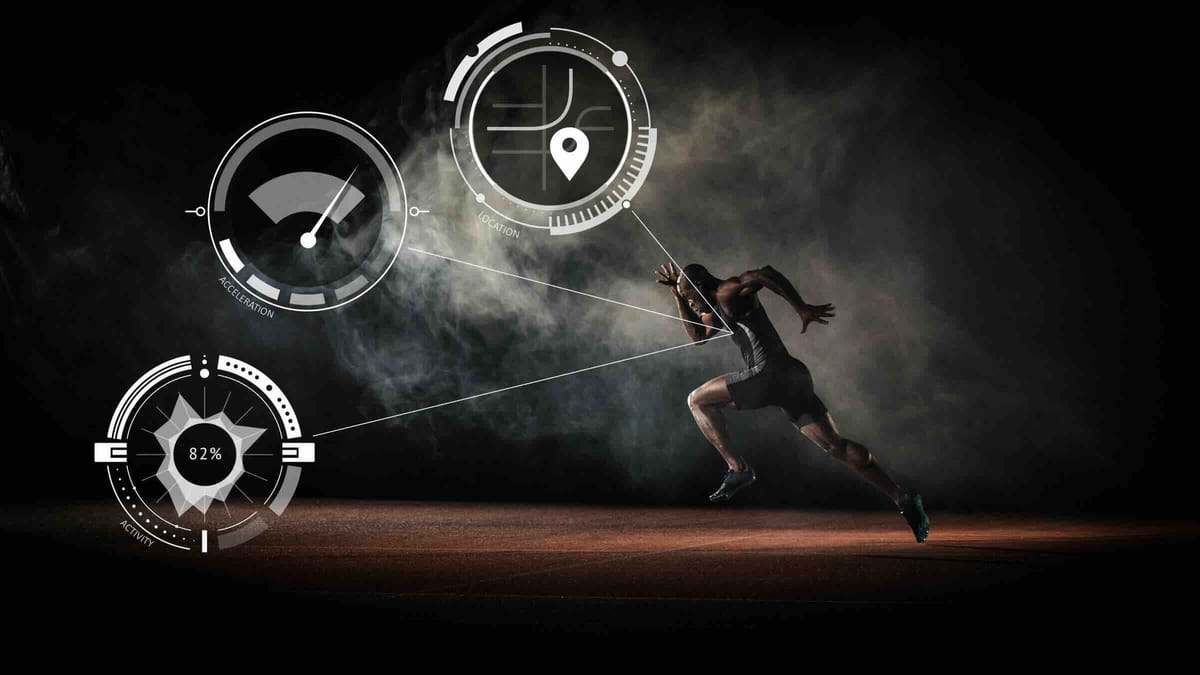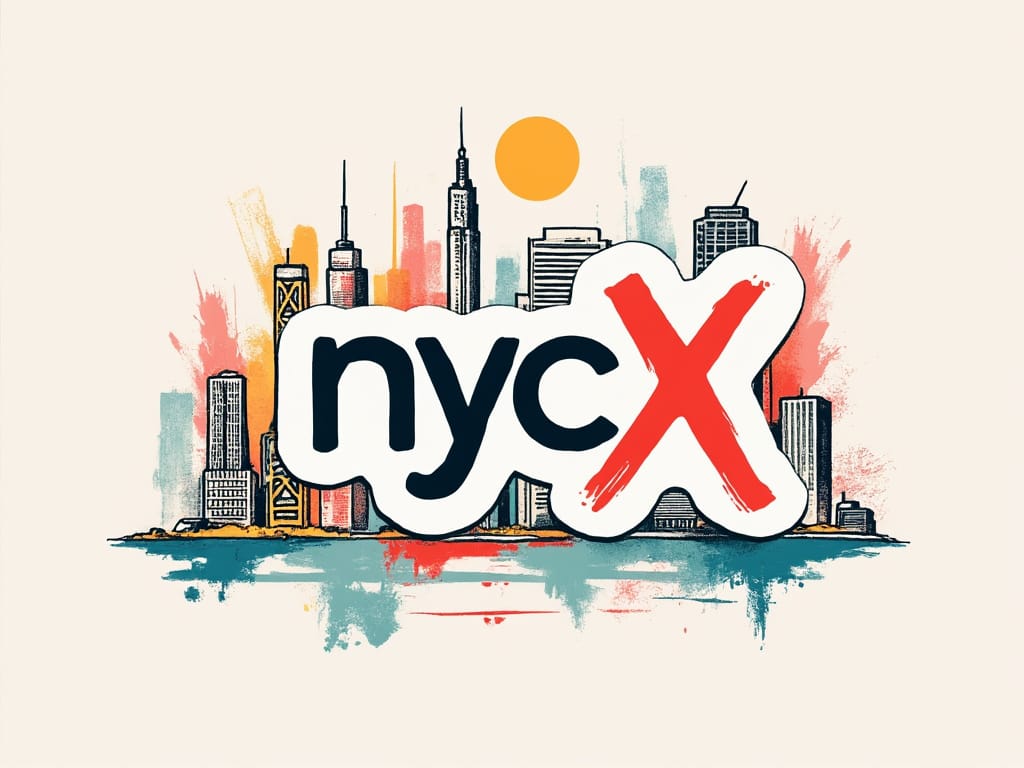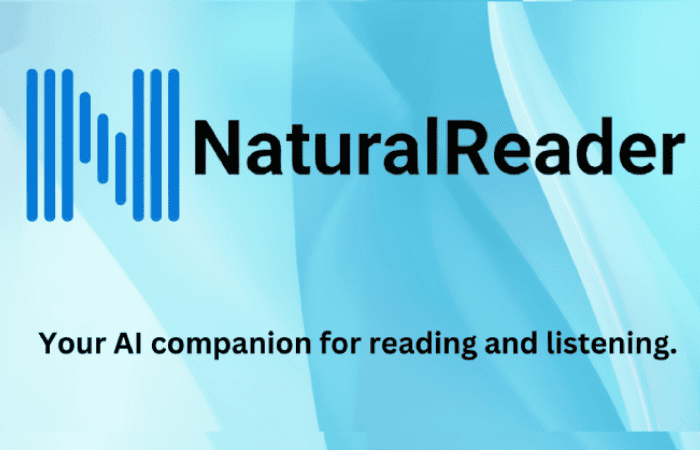IoT in Sports: Revolutionizing Performance, Safety, and Fan Experience
IoT in sports transforms performance tracking, enhances player safety, and boosts fan engagement with real-time, data-driven insights.

As a sport technology lover, I'm a scientist who has encountered the endless uses of IoT technology in the sports world. As an associate with professional teams and athletes, I have seen how IoT is pave a new road in the world of sports in a ring of glassfuls, several years ago, we could only dream about.
The Rise of Smart Wearables
IoT brings most of the functionality to the sporty environment through smart gadgets. Tractors like Fitbit and Apple Watches have been one of the tools for both professional athletes and fitness enthusiasts. These digglies let folks check time on their standards and carbs, meanwhile such statistics can be checked by means of other people sitting in a room.
At the same time, big sports-equipment makers have taken part in the contest. For example, Adidas has come up with its Runtastic app, Under Armour has connected its Endomondo with one and Asics have developed their own app. These platforms make data on IoT-linked sports equipment available to them for measurement and for the generation of the data to be transmitted straight to their smartphones.
IoT in Cricket: A Game-Changer
During the cricket seasons, we notice things that IoT is really influential in sports that people think should be more standatory on. The IoT cricket bat which is powered by the Microsoft solution is a typical example. This unique device uses a credit card-sized sensor to track bat's angle, swing, and speed. They are Motion sensors that can follow a rotation curve, and in a different context, they can measure spin. These data derive from using some of the Machine Learning algorithms as executing them), thus all of that information is given in a readable format.
The Increasing Market of Smart Sports Equipment
More information Mr.Mark provided earlier in your article was that:
- The market was valued at about $2.3 billion in 2020 and then it increased to about $3.46 billion in 2021.
- The 2022 projection at 3.74 billion market size with an 8.2% CAGR is expected to have the highest growth.
- The health monitoring service that doctors will offer by remote control instruments is estimated to be 12.8% during 2022-2030.
- It is possible to enlarge the market to $5.17 billion by 2026 and at an 8.4% CAGR.
IoT Applications in Sports
I have come from my experience working with different sports organizations and have noticed three main areas of the IoT applications:
Athlete Performance and Safety
Wearable technology alone watches, smart shoes and smart machines track the changes in athletes' lives. Now, these devices measure everything including fatigue and heart rate as well as the risk of damage. Motion Body Capture technology gives health data in real-time often resulting in performance improvement.
Sports Events Management
Several He connected points such as game-related plans, in-game strategy, and facility management are everywhere that IoT plays a crucial role at a team level. Embedded sensors collect object detection and tracking data, helping with player selection, game strategy, and site management.
Fan Experience Enhancement
IoT is the future of sport fan engagement thanks to smart stadiums. These infrastructural marvels provide unique services at a desolate place, such as stadium explanations, parking lot guidance, seat movability, and a 360-degree view of the game. IoT also provides solutions for the crowd, the maintenance of the building, and the optimality of energy consumption.
IoT Sensor and eVTOL
As we are about to step on to the intersection of sports and technology and the birth of new inventions made by IoT sensors in sports to do the same thing, the same creative concept and the latest technological way in other fields respectively, eg, transportation. Electric Vertical Takeoff and Landing (eVTOL) airplanes are the third new invention of this area where the Internet of Things and advanced sensors are the main reasons.
IoT is a key player in the development of both the mobility-camere-computer entity and the sports fan experience, just as sensors in the areas of food quality, waste management, and data analytics in these situations. eVTOL technology also enhances the mechanical aspect of the UAV through advanced sensors and data analytics in flight control, battery management, and its overall vehicle performances.
The application of IoT in various niches and its interconnection through sensory techniques for example in sports and the urban areas is living proof of the influence these innovations and smart technologies are having on our everyday lives today and the transformation of the future.
Conclusion
I can assure you that the Internet of Things (IoT) is not just a trend but a groundbreaking approach for our athletes. It is not an exaggeration to say that IoT has become a valuable tool for enhancing athlete performance, ensuring their safety, and providing entertainment. As technology evolves, we will inevitably see even more advanced sports emerge.



